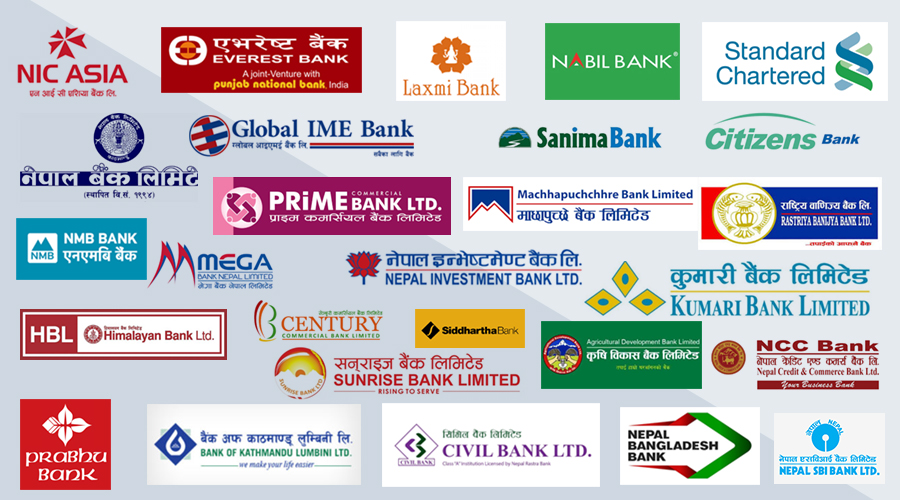KATHMANDU: Despite the containment measures imposed by the government including the prohibitory order in Kathmandu valley issued by the local administrations of Kathmandu, Lalitpur and Bhaktapur districts, bank loans have increased in recent weeks.
Latest figures show that bank loans have jumped by Rs 20 billion in the last three weeks. According to data compiled by Nepal Bankers’ Association, the total lending of 27 commercial banks surged to Rs 2.81 trillion on September 4 from Rs 2.79 trillion on August 14.
This growth in loans to the tune of Rs 20 billion has provided some respite to bank executives who were worried about a slump in their business due to the COVID-19 pandemic and the latest prohibitory order which have brought the economy to a grinding halt.
As the demand for loans has tapered in recent weeks, the banking sector is flush with loanable funds at the moment. Such surplus of loanable funds has sent interest rates down.
Interest rates on some bank loans including home loans have fallen to a single digit level. Interest rate correction comes after remaining at a higher side for more than three years when even deposit rates have risen to a double-digit level.
For the last few years, the banking sector was facing a shortage of loanable funds. Such shortage of liquidity had been driving up lending rates as banks started to compete to attract savings by offering higher rates on deposits.
However, the COVID-19 has altered that dynamic. Banks are now awash with lendable funds, driving down interest rates.
Lower borrowing cost, however, has failed to boost private sector confidence to make investments. Banks have been struggling to find takers of loans as the pandemic and subsequent containment measures have closed businesses and services for over five months. After a slowdown in the growth of loans, some banks even resorted to ‘unhealthy business practices’ of poaching clients of rivals.
The improvement has made some bankers hopeful about the prospect of recovery amid the uncertainty caused by the coronavirus. However, it would be too early to interpret this loan growth as an indication of a rebound of their businesses, they say.
Bankers attribute the rise in number of loans in recent weeks to the increase in the demand for import financing on the eve of the festive season. “There has been a marginal improvement in loans and investments of banks in recent weeks. This is mainly due to an uptick in demand for import financing as the festive season draws closer,” said Bhuvan Dahal, president of NBA.
Traders import various goods, particularly garments, vehicles, electronic equipment and other appliances, during festivals like Dashain and Tihar which are considered to be a shopping season for many.
“With festivals round the corner, traders and dealers have started to open letters of credit to import goods. That’s the main reason why lending has increased even during the lockdown,” said Dahal, who is also the CEO of Sanima Bank. He, however,added that the demand for such loans has fallen as compared to the previous years.
According to Dahal, top-up of loans during this period by many borrowers also helped to increase lending of banks during the review period.
Other than the trade financing segment, the demand for other types of loans has remained tepid in recent months.
For bankers, the sluggish pace in growth of loans due to the economic fallout of the coronavirus has been an immediate concern rather than the contraction of their credit growth.
Some insiders believe that the recent growth was also due to a reduction in interest rates. “Interest rates have remained at a lower side in recent months. While there has not been an expansion in credit as expected due to the pandemic, some businesses or borrowers might be tempted to borrow at this moment to benefit from the low lending rates,” said a banker, adding that the amount disbursed for such loans is very low.

